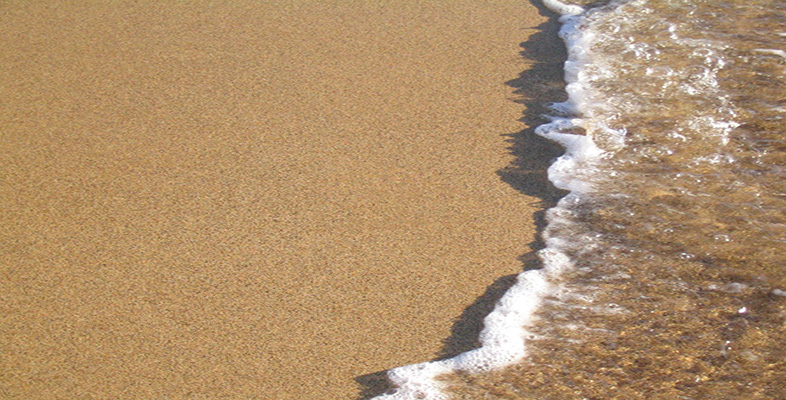4.3.2 Stage 2: Embryonic ocean basin formation (southern Red Sea stage)
If extension and rifting progresses sufficiently, this will lead to the development of an embryonic ocean along the site of the earlier rift zone (see Figure 6b). Prior to true oceanic lithosphere being produced, basaltic magma will be repeatedly intruded into the continental lithosphere along fractures and shear zones. Continued intrusion will eventually lead to the development of a complex of sub-vertical sheeted dykes. If these dykes allow magma to be extruded onto the basin floor, pillow lavas or small lava flows will result. As the embryonic ocean grows, an igneous sequence typical of sea-floor spreading (i.e. a layered sequence of lavas, sheeted dykes, gabbro and peridotite) will form. While this embryonic ocean is still narrow, water circulation will be restricted, allowing organic-rich and/or evaporitic sediments to accumulate. Basin subsidence will occur rapidly as the new ocean opens and crustal blocks on either side of the basin are stretched and faulted.
